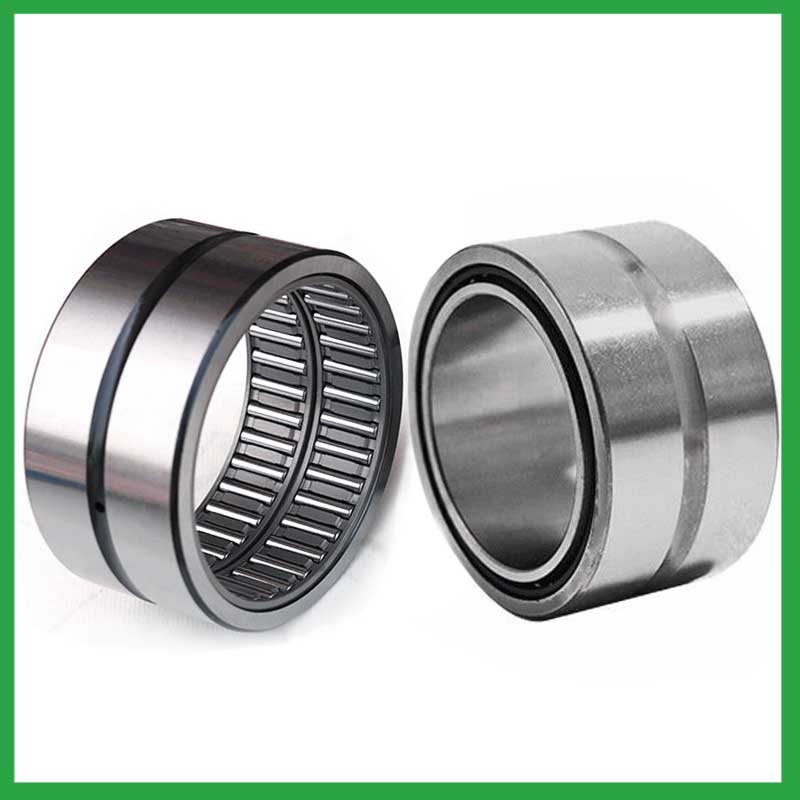PRODUCTS
CONTACT US
Ningbo Nide International Co., Ltd.
一一
· Contact person:Jack Zeng
· Mob/Whatspp/WeChat:0086-13738869026
· Email:emarketing@nide-group.com;marketing4@nide-group.com
· Add:No. 169, Wohushan Road, Daqi Subdistrict, Beilun District, Ningbo, China

Nide team could manufacture ball bearing as per customer’s drawing and samples.
If customer only has samples, we could also design drawing fo r our customer.
We also provide customized service.
Our ball bearing is widely applied the different industrials.
Ningbo Haishu Nide International Co., Ltd is located in Ningbo, Zhejiang Province. Established in 2010, it is a rapidly growing international enterprise. With advanced industrial hubs, complete supply chains, and convenient transportation advantages, combined with a professional team with rich experience in motor manufacturing, we specialize in exporting various bearings to various parts of the world. Our factory has advanced production equipment and testing instruments to ensure that all goods are perfect when received by our customers.
We adhere to strict quality control principles and excellent service. Our main products include magnet,commutator,insulation paper,ball bearing,carbon brush,shaft, etc. Our products are widely used in fields such as servo motor,single and three phase induction motor,air condition motor,washing machine motor,BLDC motor,compress motor,electric automotive motor. With the rapid development of the company, we have gained a good reputation and established long-term business relationships with many customers. So far, Nide has provided products to customers in over 50 countries.
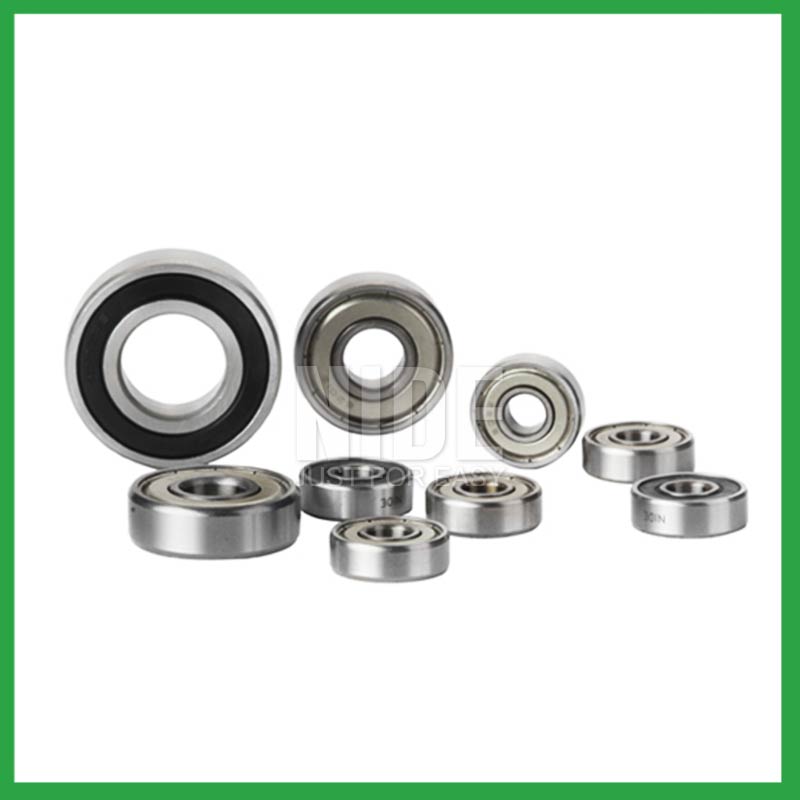
| Parameter | Information |
|---|---|
| Product Name | ball bearing transfer |
| Brand Name | NIDE |
| Place of Origin | Ningbo,China |
| Material | ceramics, etc. |
| Structure | Deep Groove |
| Color | Customized Color |
| Delivery Time | 5-7days |
| Port | Ningbo/Shanghai |
| Export region | America,Asia,Oceania |
| Export Country | India,Brazil,South Korea,Anguilla,Qatar,Mayotte,Singapore...etc |
| Application | chemical equipment,machine tools, etc. |
| OEM/ODM | Yes |
| Size | Customized size |
| Stock | In Stock |
| Feature | Simple structure,Good wear resistance...etc |
| MOQ | 10 pieeces(Specific according to the model) |
| Certification | ISO9001,CE-stator coil lacing machine,CE-stator coil winding machine,etc |
| Supply Ability | 100000-500000 Piece/Pieces per Month |
| Lubricate | Oil Grease |
| Packaging Details | Suitable for sea transportation |
| Lead time (days) | 15-20 (To be negotiated) |
Please note: The above table data is for reference only. For specific information, please contact us.
ball bearing transfer is a component with a ball as the rolling element, consisting of an inner ring, an outer ring, and a ball. They form a closed raceway between the rings, and the ball rolls through a curved surface in the raceway.
During the disassembly process, the outer shell should be kept intact to avoid unnecessary damage;
When replacing installation components, attention should be paid to the accuracy of the support components to prevent deformation;
During the disassembly process, attention should be paid to protecting the surface quality of the ball bearing to ensure its performance;
During the operation, attention should be paid to removing surface dust to ensure the quality of the ball bearing.
Ball bearings have many advantages, making them highly competitive in the market.
Firstly, they are very durable and have good wear performance, making their service life longer than many other types of bearings.
Secondly, they are easy to install and can provide low friction performance in various applications.
Thirdly, they require a relatively low level of maintenance, making them cost-effective.
In addition, compared to many other types of bearings, their purchase cost is relatively low, making them an economical choice.




ball bearing transfer---FAQs Guide
2.How do different ball bearing transfer designs, such as deep groove, angular contact, or thrust bearings, cater to specific applications?
3.How do ball bearing transfer contribute to the overall efficiency and energy savings in industrial machinery and transportation systems?
4.What are the common materials used in ball bearing transfer manufacturing?
5.What is the typical noise level associated with ball bearing transfer, and how are noise-reduction techniques applied?
6.Are there miniature ball bearing transfer designed for use in precision instruments and small-scale mechanisms?
7.What are the after-sales services available for ball bearing transfer?
8.What are the considerations for selecting sealed or shielded ball bearing transfer to protect against contamination and retain lubrication?
9.How do sealed ball bearing transfer prevent the ingress of contaminants and extend the bearing's service life?
10.Can ball bearing transfer operate in high-temperature environments like industrial ovens or furnaces, and how are they protected from heat-related damage?
11.As a ball bearing transfer manufacturer,Your product certifications?
12.What is the role of ball bearing transfer in reducing friction and energy loss in rotating machinery?
13.What is the significance of ball bearing transfer lubrication, and how does it affect bearing lifespan and performance?
14.What are the standard sizes and dimensions of ball bearing transfer?
15.How do cage materials and designs impact ball bearing transfer performance and stability?
1.How do preload adjustments in ball bearing transfer affect their performance and suitability for high-precision tasks?
Benefits of Preloading a Bearing
Optimizes the ball spin to roll ratio.
Increases the rigidity of an application.
Protects from excessive ball skidding.
Decreases application vibration and sliding friction.
High running accuracy (even if load conditions keep changing)
Increases bearing load capacity.
2.How do different ball bearing transfer designs, such as deep groove, angular contact, or thrust bearings, cater to specific applications?
Deep groove ball bearing transfer: Deep groove ball bearings are the most common type. They can handle both radial and axial loads. Angular contact ball bearings: Angular contact ball bearings have higher than average internal axial clearance. They can handle axial loads in one direction and moderate radial loads.
3.How do ball bearing transfer contribute to the overall efficiency and energy savings in industrial machinery and transportation systems?
The balls roll along the raceway, allowing for smooth rotation of the machinery or equipment. Ball bearings are used to support rotating, reduce friction and support radial and axial loads in high-load, high-speed applications where reliability and efficiency are critical.
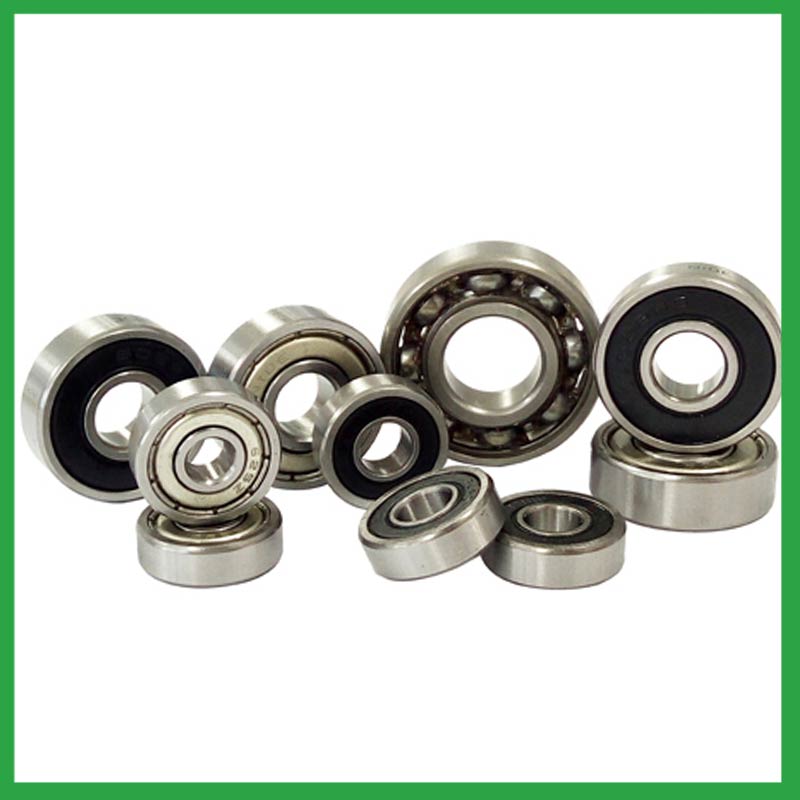
4.What are the common materials used in ball bearing transfer manufacturing?
Most ball bearing transfer are made of a type of steel known as high carbon chromium steel, often called chrome steel. This is used for reasons of cost and durability. Bearings are also made from other materials such as stainless steel, ceramics and plastic.
5.What is the typical noise level associated with ball bearing transfer, and how are noise-reduction techniques applied?
To measure in accurate way the ball bearing transfer noise under rotation during their manufacturing process is a key activity particularly in the production of medium, small and ultra-small deep groove ball bearings. This capability in bearings noise analysis has become the real distinguishing element between a standard bearings noise equipment and a superior class one.
The various types of vibration and sound in rolling bearings can be grouped in four main categories: structural, manufacturing, handling and other. The structural vibration consists mostly of race, click, squeal and cage noise: it can be continuous or intermittent depending on specific cases. The manufacturing vibration is instead related to the waviness noise generated by the geometrical imperfections of inner and outer ring and of rolling elements, being always continuous in nature. The so-called handling vibration is normally associated with flaw and contamination and is generating – in most of the cases – irregular noise. Then there are other types of vibrabition that include noise generated by sealing and lubricant (irregular) or by runout (continuous).
6.Are there miniature ball bearing transfer designed for use in precision instruments and small-scale mechanisms?
Miniature bearings, despite their small size, play a significant role in various industries and applications. These compact powerhouses, typically measuring less than one inch in outer diameter, offer exceptional precision, durability, and reliability. Miniature bearings find extensive use in precision instruments and robotics.
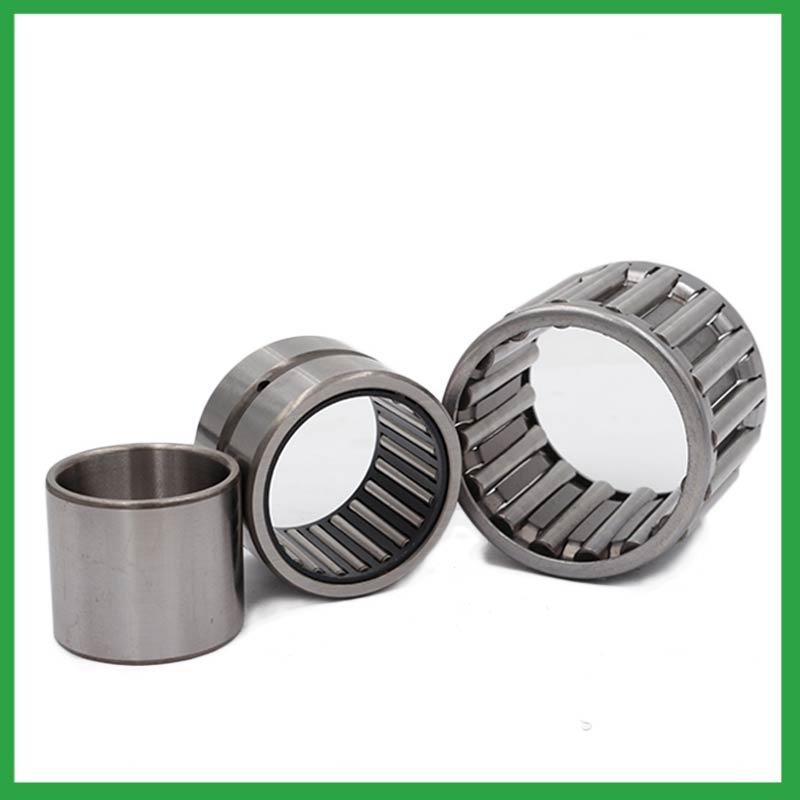
7.What are the after-sales services available for ball bearing transfer?
If you find problems or failures in the assembly or use of the bearings , which needs to consult and other services, please feedback to Nide International in time.
8.What are the considerations for selecting sealed or shielded ball bearing transfer to protect against contamination and retain lubrication?
First, the environment in which your ball bearing transfer operate in can help you identify potential contaminants, allowing you to select your shields or seals accordingly. For example, shielded bearings have a gap that can allow finer contaminants or water from washdown applications to enter the bearing and get into the raceways.The challenge for sealing bearings is to seal the bearing by protecting the bearing from contaminants and running efficiencies.
9.How do sealed ball bearing transfer prevent the ingress of contaminants and extend the bearing's service life?
Contact seals are a type of seal where the sealing lip physically touches the inner raceway of the ball bearing transfer. They create a narrow line or zone of contact that forms a barrier to prevent the escape of lubricants and the ingress of contaminants. Because the seal keeps dirt and other contaminants out, it can offer a longer operating life of the bearing or prevent premature bearing failure. Sealed bearings can be considered lubricated for life, which eliminates the need for a relubrication process.
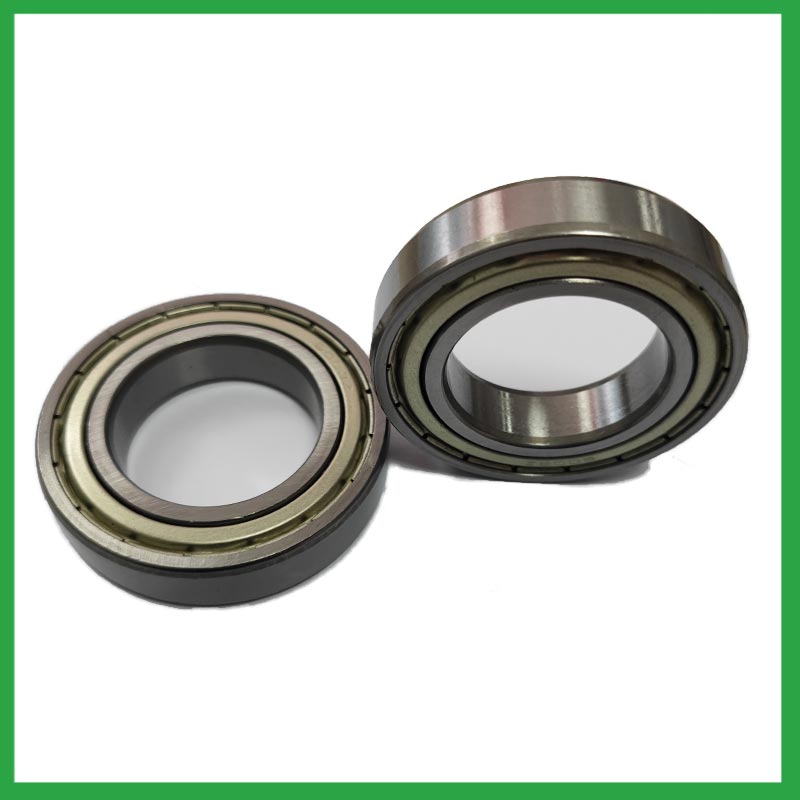
10.Can ball bearing transfer operate in high-temperature environments like industrial ovens or furnaces, and how are they protected from heat-related damage?
ball bearing transfer are capable of working at temperatures up to +842°F (+450 °C). Special lubricants, seals and coatings make this possible by protecting the ball bearings from heat damage.
11.As a ball bearing transfer manufacturer,Your product certifications?
ISO9001:2015 certificate,ISO 9001 Certification,CE-stator,etc.
12.What is the role of ball bearing transfer in reducing friction and energy loss in rotating machinery?
ball bearing transfer reduce friction by using smooth balls lubricated with oil or grease that freely roll between a smooth inner and outer surface. The main concept of the ball bearing is that objects that roll past each other produce less friction than if the objects were sliding against each other.
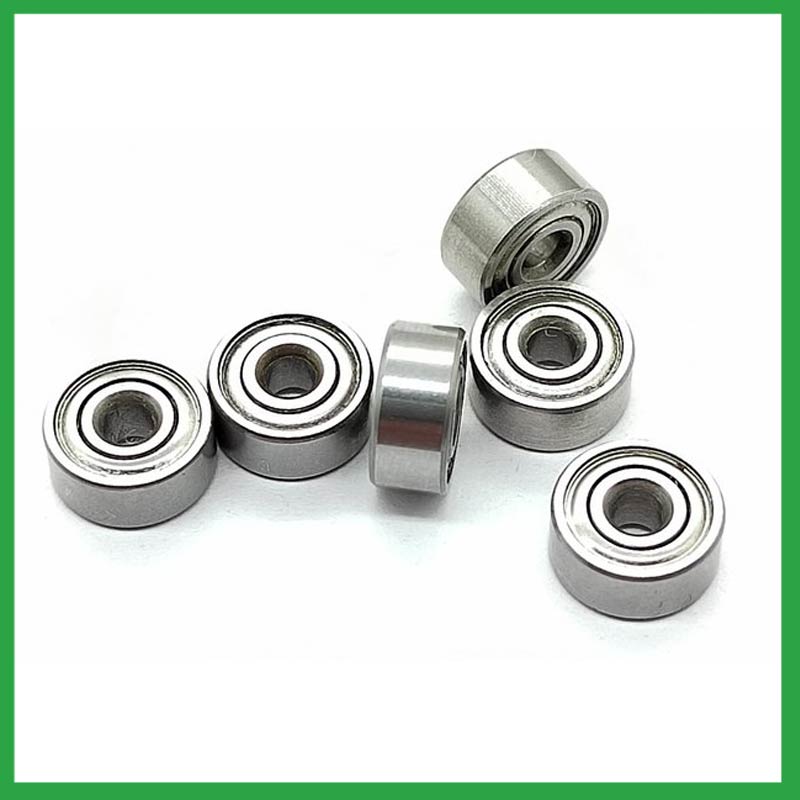
13.What is the significance of ball bearing transfer lubrication, and how does it affect bearing lifespan and performance?
Bearing lubrication is vital for preserving the performance and lifespan of rolling element bearings. Lubrication helps separate moving parts relative to one another, such as rollers and raceways or balls, to prevent wear and tear and friction.
14.What are the standard sizes and dimensions of ball bearing transfer?
ball bearing transfer size charts are widely available, and can be used to find the measurements of a specific bearing. Series 6200 and 6300 are the most commonly used, and typically range from 10 x 30 x 9 mm (. 394 x 1.181 x . 354 in) to 150 x 320 x 65 mm (5.906 x 12.598 x 2.559 in).
15.How do cage materials and designs impact ball bearing transfer performance and stability?
As the core component of rotating machinery, the performance and reliability of high-precision ball bearing transfer directly affect the overall performance and life of the machine and instrument . The increase of the rotational speed will aggravate the collision and friction of the cage, which will lead to the decrease of the rotational stability of the cage. The unstable movement of the cage could in turn lead to more severe collision and wear, thus reducing the life and reliability or even the destruction of the bearing.
Therefore, it is very necessary to study the cage stability to guarantee the stable operation of bearings. However, the dynamic characteristics of the cage is very complex. Parameters such as load, rotational speed and lubrication may affect its kinematic and tribological conditions, which leads to the change of its motion behavior.
